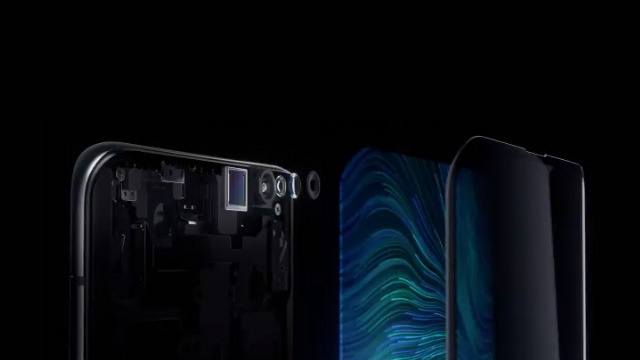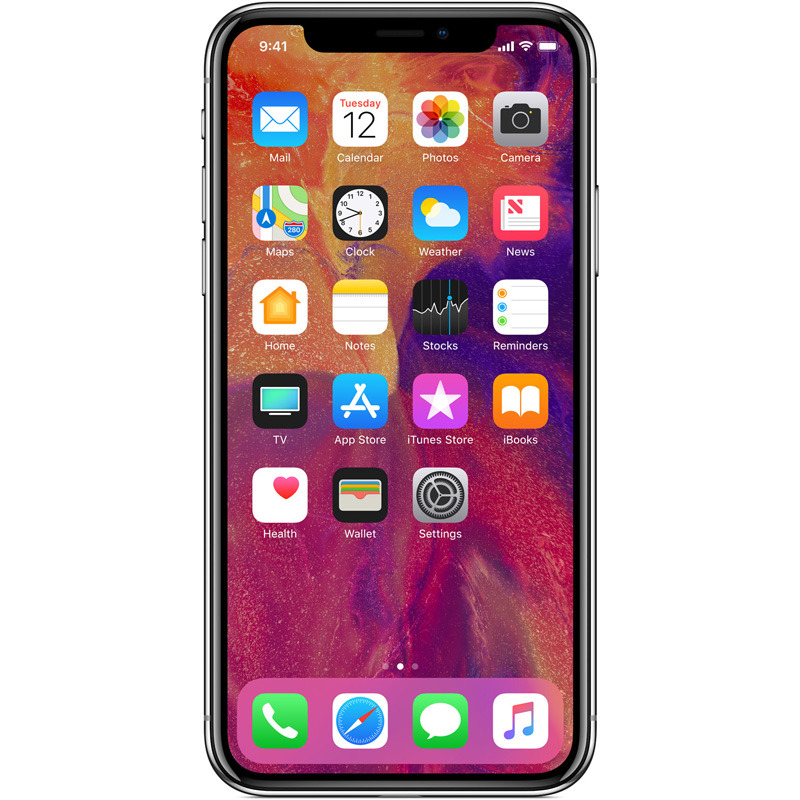On Wednesday, major Chinese phone maker Oppo revealed an alternative to the smartphone display notches popularized by the iPhone X — what it's calling the Under-Screen Camera, or USC.
The company demonstrated the technology at the Shanghai edition of Mobile World Congress, which began today. The USC requires one section of the display to be ultra-transparent, and uses a custom pixel architecture that likewise allows light to pass through. The camera itself sports a wide-aperture lens to maximize input.
Even then there can be issues like glare and color tint, but these are being corrected via software, Oppo said.
The company has yet to announced any real-world products with a USC, but the concept is likely to catch on with other smartphone makers if it doesn't prove too difficult or costly to produce.
2017's iPhone X wasn't the first device with a display notch, having been beaten to market with the concept by the likes of the Essential Phone. Apple's market status however ensured that notches would become a widespread answer to how to build edge-to-edge displays and still include a front-facing camera. Alternatives have been tried, such as pop-up cameras.
2019's iPhones are expected to retain notches, needed not just for conventional cameras but the TrueDepth sensors used for Face ID and animoji. Two OLED models are expected to upgrade to triple-lens rear cameras however, and even the iPhone XR's replacement is poised to bump from one lens to two.
 Roger Fingas
Roger Fingas









 Andrew Orr
Andrew Orr
 Malcolm Owen
Malcolm Owen
 William Gallagher
William Gallagher

 Wesley Hilliard
Wesley Hilliard







-m.jpg)




27 Comments
Yeah Apple has patents on this for iPhone dating back to 2017 for iPhone and 2004 for Mac. In fact they use it on macs to conceal the camera light when not in use. Since Apple’s front camera is a security feature as well as the worlds most popular camera, they will surely not release a feature that degrades either point.
How can they have beaten anyone to market when there are no products shipping or even confirmed with the feature let alone sold?
just another rinse and repeat vapourware press release.
Oppo's approach is more of a work around than solution. Why even bother?
It's interesting what they are doing, but need real world examples, so they really haven't beaten anyone to the market. I don't think it's a solution for FaceID and all of it's sensors. Something I'm using all the time, not just to unlock the phone but to unlock apps.
Personally, the Notch really doesn't bother me. It's not like pictures or video is going into the notch area unless you blow them up larger. Would no notch be even better? Sure! But really, it's not a big deal to me at all. You get used to it and then it becomes a non factor.